Content by Eric Jones
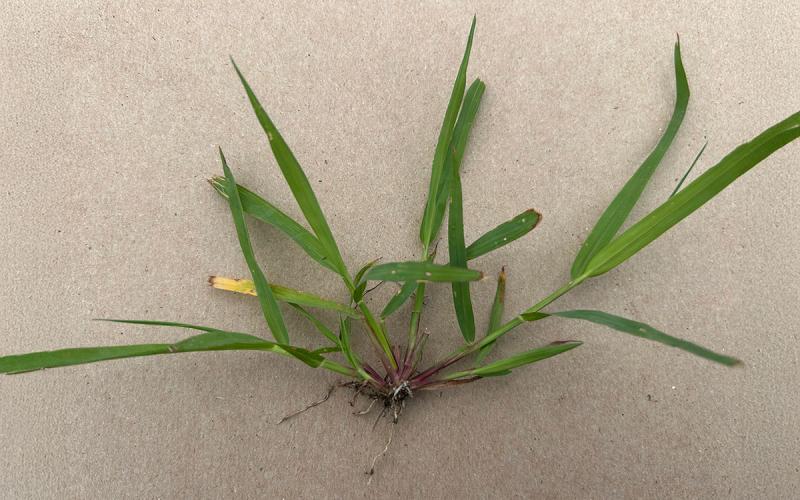
Late-Season Crabgrass Control
At the start of August, crabgrass is often prevalent in lawns. Ideally, this weed should be controlled earlier in the season, but if early management was missed, a post-emergence herbicide can help control it before it produces more seed.
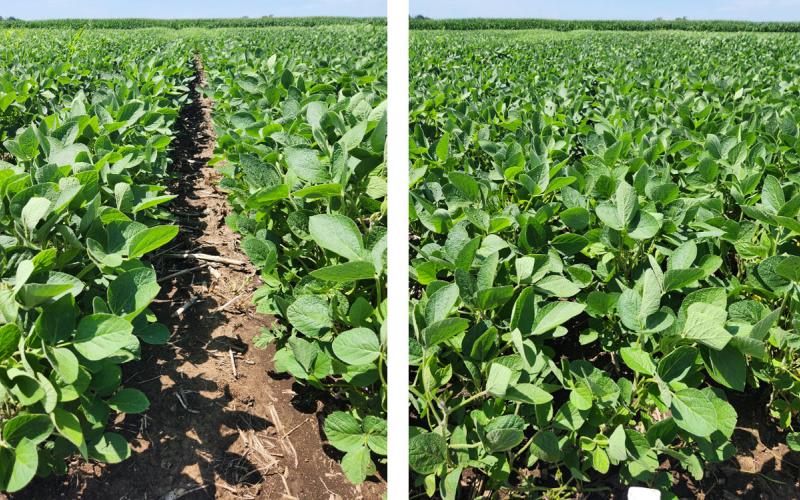
Strong, Effective Herbicide Programs Can Be Complimented With Narrow Row Spacing
While strong herbicide programs will result in effective weed management, a cultural tactic, such as row spacing can result in a complementary increase in effectiveness.
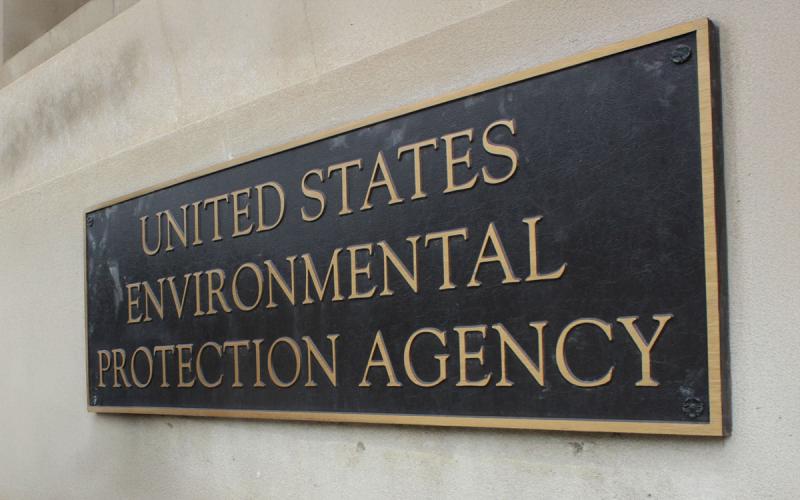
EPA Proposes a Decision to Approve Registration for Dicamba Labeling to Be Applied to Tolerant Soybean
Dicamba products previously labeled for overtop application to tolerant soybean are not registered for use during the 2025 growing season. However, the EPA has proposed to re-register these dicamba products for use in tolerant soybean starting in 2026.

Inexpensive and Simple Herbicide Programs in Corn and Soybean Will Not Be Effective
While selecting an inexpensive program with only one active ingredient in each application may be tempting due to the current agricultural economy, the result will likely be a more expensive problem in the future.
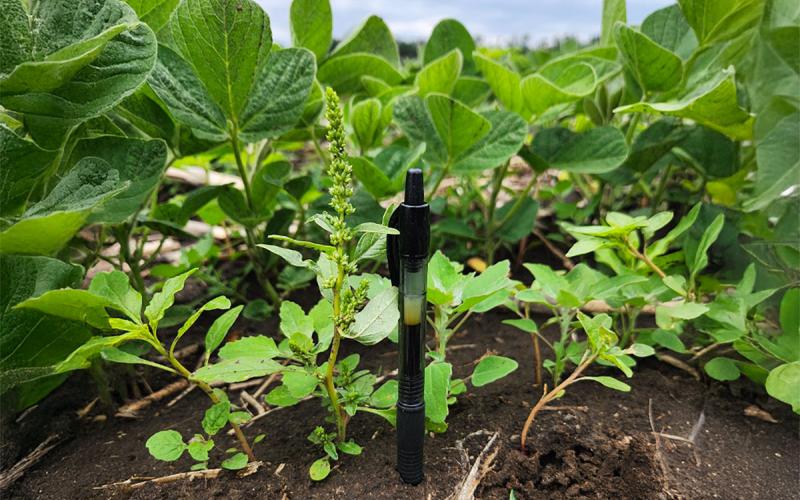
Waterhemp is flowering. No seeds present yet.
Waterhemp is one of the most-difficult weeds to manage in South Dakota row crops. While herbicide resistance is a great factor in the difficulty of managing this weed, the biology of the species plays an important role as well.
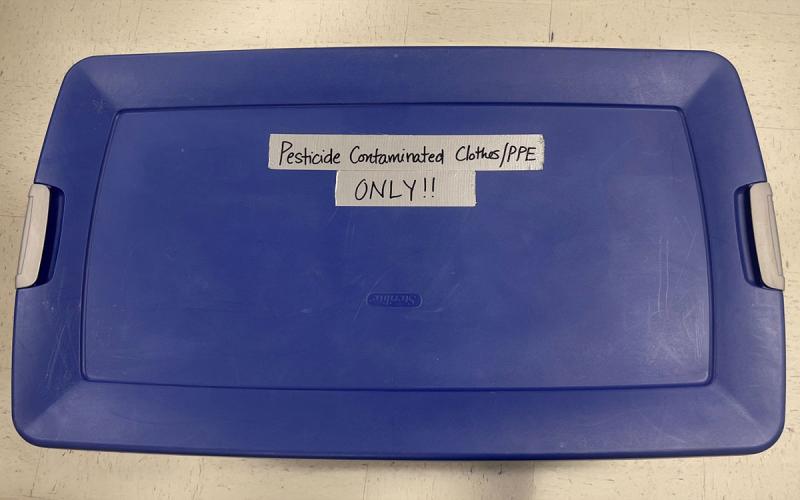
How to Properly Launder Pesticide Contaminated Clothing
Many types of personal protective equipment are intended for single use only and should be discarded after use, but how do you wash reusable equipment and clothing contaminated with pesticide residue?
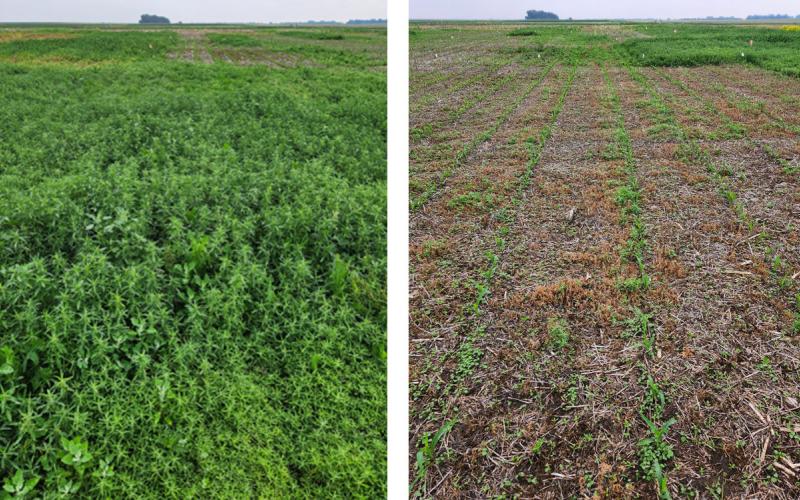
Glufosinate + lactofen is likely an effective mixture to manage kochia postemergence in soybean
Kochia is a difficult to manage weed that infests crops across South Dakota. Mixing effective herbicides is a tactic that can reduce selection pressure on resistant weeds and increase the effectiveness of weed management.
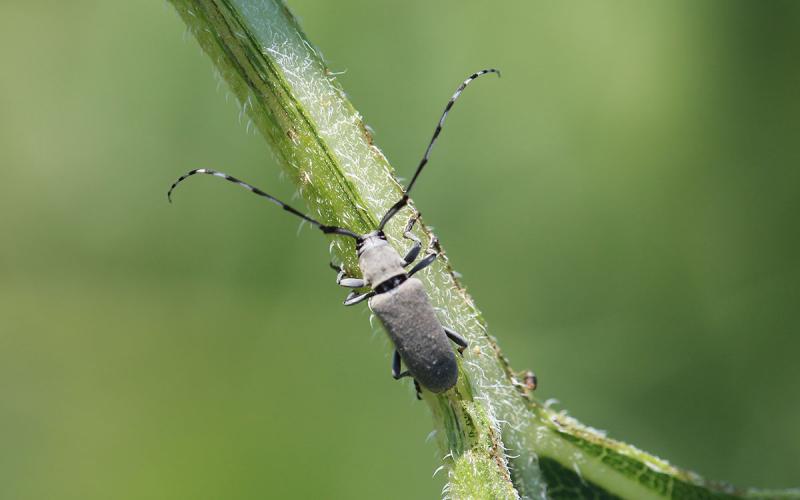
Dectes Stem Borer in South Dakota Soybeans
Fact sheet on Dectes stem borer in South Dakota soybeans
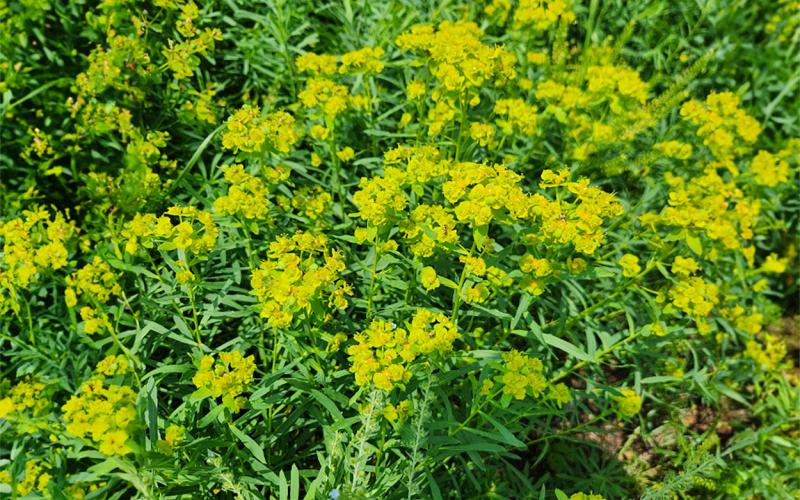
Leafy Spurge: Do I spray now or wait until fall?
In June, leafy spurge is one of our most problematic rangeland, pasture, and roadside weeds. It is also one of South Dakota’s noxious weeds that landowners are required by law to control. So should you spray it now or wait until fall?
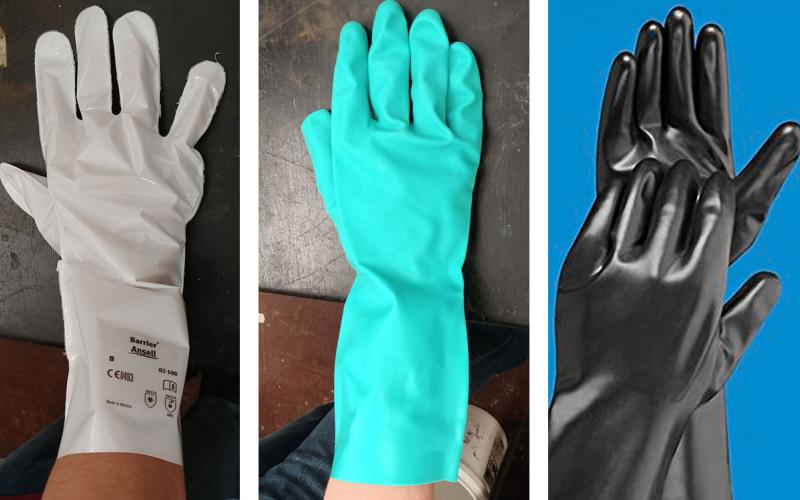
Pesticide Personal Protective Equipment: Glove Selection
Safety gloves are one of the most-important pieces of pesticide personal protective equipment. Glove material is very important, as not all materials provide the same protection for different pesticide ingredients.